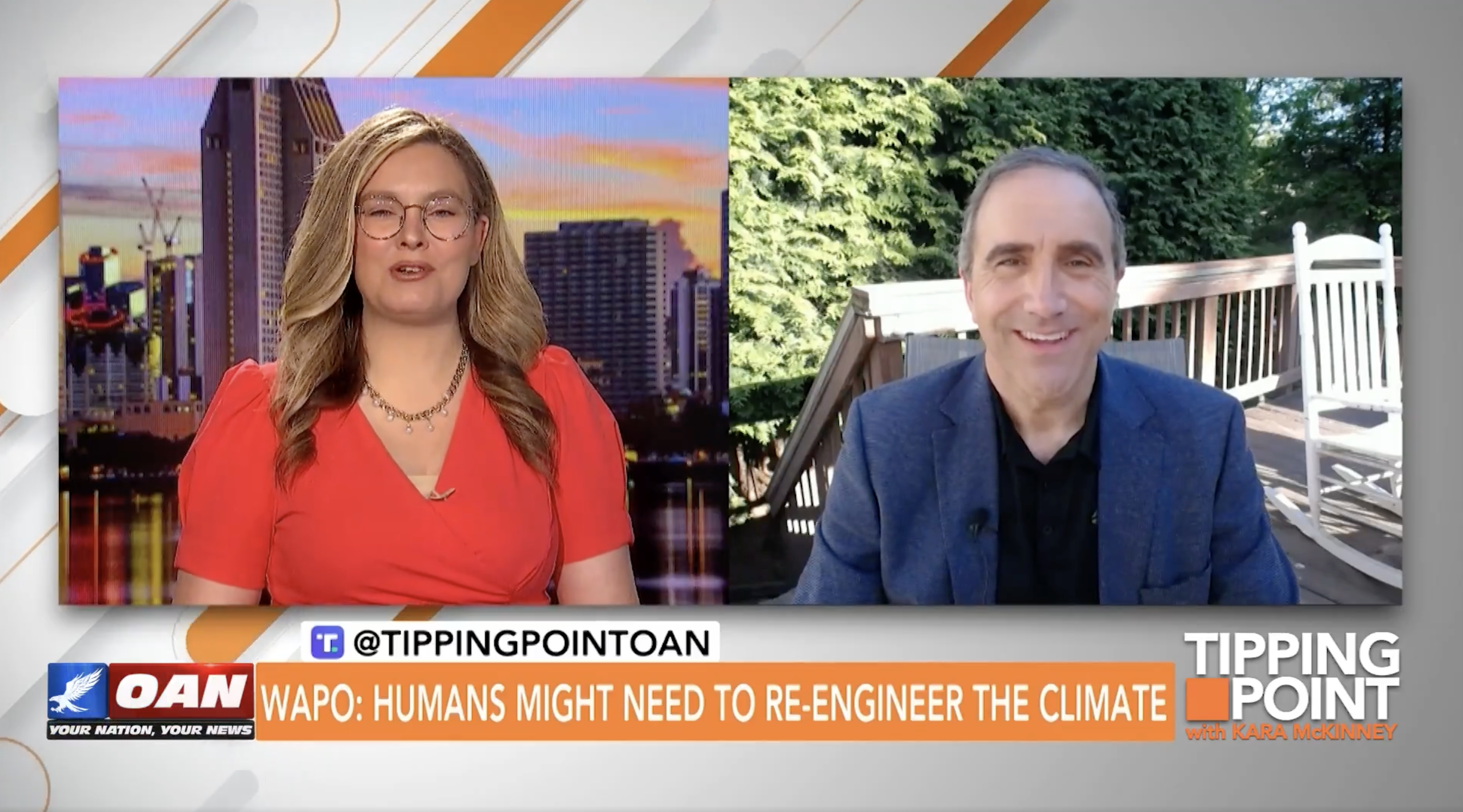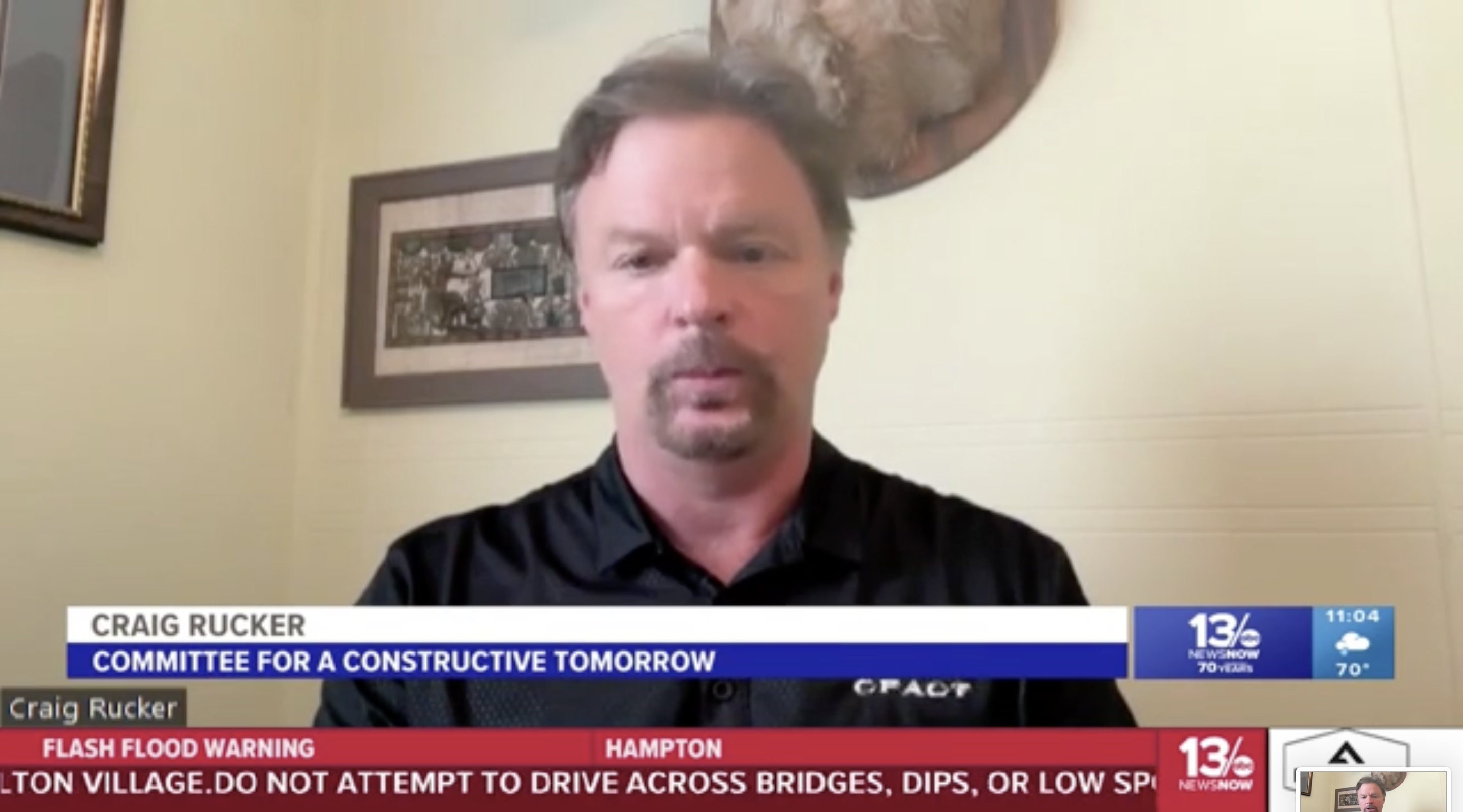by Quin Hillyer
Credit to a tweet by Tony Heller of Real Climate Science for reminding us how climate alarmists have been the Chicken Littles of the modern world for a quarter-century.
Heller’s tweet highlighted a 1995 New York Times report headlined “Scientist Say Earth’s Warming Could Set Off Wide Disruptions.” The particular sentence Heller tweeted said that “at the most likely rate of rise, some experts say, most of the beaches on the East Coast of the United States would be gone in 25 years.”
In 1995, the @nytimes predicted most east coast beaches would be gone by the year 2020.https://t.co/KDqJiAVPFe pic.twitter.com/ld9ggkoqmx
— Tony Heller (@Tony__Heller) October 27, 2021
Really.
Well, here it is more than 25 years later, and most of the East Coast beaches are decidedly intact, thank you very much. Heller has posted a plethora of information about why and how the alarmists have been wrong about the projected rise of sea levels and why much (although, of course, not all) of the conventional wisdom about climate change is actually junk science.
If the doomsayers were wrong only a quarter century ago, when the now-official climate consensus was new, then perhaps the error of their early assessments would be more forgivable. If their warnings had become less hysterical through the years as more data emerged, and if they didn’t so consistently err only on the side of predicting too much destruction necessitates too much regulatory command-and-control, then they might actually deserve the credibility most of the establishment media wrongly gives them.
Alas, that’s not the case. As think tank leader Bjorn Lomborg has detailed weekly in the Wall Street Journal, climate change may be real but significantly less drastic and more manageable than establishment dogma insists. For example, he cites a study showing that just by building better dikes, humankind probably will “negate almost all that terrible projected damage by 2100. Only 15,000 people would be flooded every year, which is a remarkable improvement compared with the 3.4 million people flooded in 2000.”
It is a simple fact that as more data comes in, leading climate worrywarts repeatedly have been forced to revise downward their predictions of warming. For example, when the United Nations Intergovernmental Panel on Climate Change issued a new report this summer, it had to ratchet down the likely “worst case” rise in global temperatures by more than 10% — and its most plausible emissions projections, to which it had held for two decades, are now one-third lower .
And, as Holman Jenkins of the Wall Street Journal has noted, the new “worst-case” temperature predictions are 35% lower than the 6.1-degree temperature rise promoted just three short years ago by the U.S. National Climate Assessment as the most likely scenario. If the “worst case” is that much less bad than what was once the mid-range prediction, this means, yet again, that we can discount those who shout the loudest about a climate Armageddon.
Those are just a few examples of reality being less horrific than the establishment, in its zeal to promote massive central planning, has tried to bully us all into believing.
As with almost all issues that have been politicized, the climate debate too often lacks context, perspective, balance, and calm rationality. One can believe the climate is changing, getting warmer, and human commerce is a significant cause of the change and still believe that moderate and careful responses, not radical restraints, can handle the warming without catastrophe.
As Lombard wrote, “The challenge climate change poses, both to the environment and society, looks rather small compared to those humanity has already met.”




